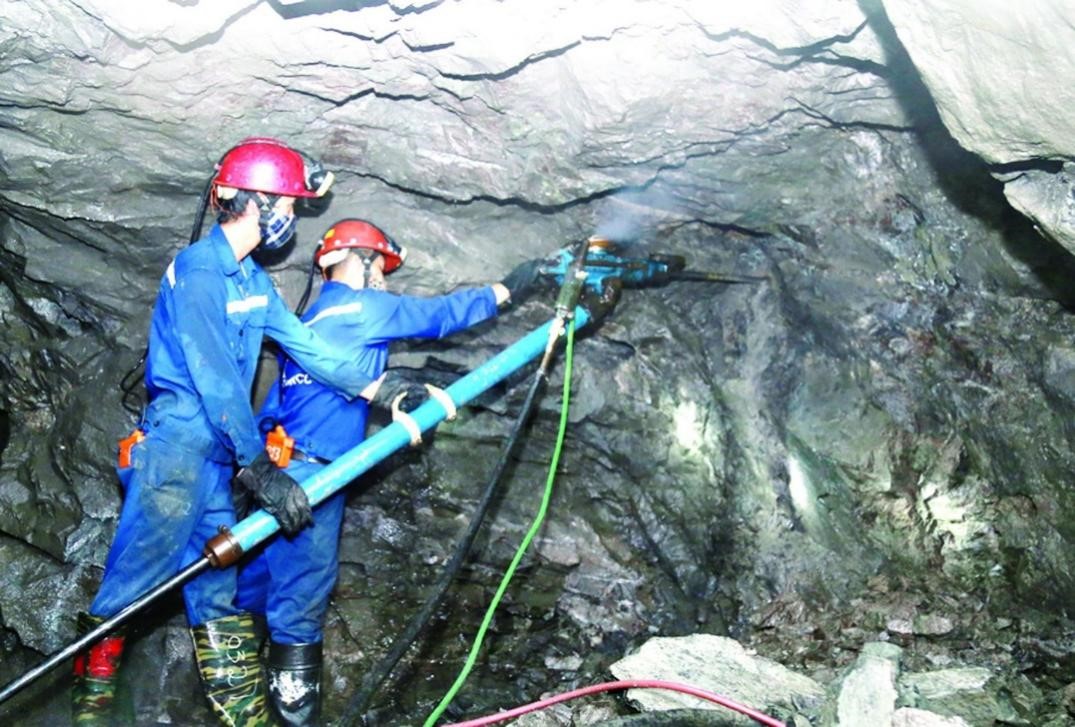
Following the guidelines of the Party, policies and laws of the State, over the past time, Lao Cai province has promoted decentralization and innovation to promote autonomy and creativity in implementing regulations of each branch, locality, unit.

From August 5, 2022 to August 8, 2022, the Festival "Essence of the Northwest - Flavors of Lao Cai" will take place in Sa Pa town (Lao Cai) with many unique and attractive activities, with bold culture of the mountains and forests of the Northwest.

On the morning of June 22, the 20th Reconnaissance Company, the Provincial Military Command held the Congress for the period of 2022 - 2025. This is the first branch of the Provincial Military Party Committee to hold the congress to learn lessons.

On the morning of July 1, the Ministry of Finance held a conference with ministries, branches and localities to review the work of public investment with foreign capital in the first 6 months of 2022.

On the afternoon of July 4, at the headquarters of the Provincial People's Committee, Vice Chairman of the Provincial People's Committee Giang Thi Dung welcomed the delegation of the Canadian International School in Lao Cai.

On the morning of April 25, the Interdisciplinary Appraisal Council held a meeting to appraise the feasibility study report of component 2 - Airport construction (phase 1) under the construction investment project of Sa Pa Airport under the mode of public-private partnership (PPP).

In 2022, World Immunization Week with the theme "Long life for all - Vaccines, for a long and healthy life" was held in the last week of April. Responding to Immunization Week, medical units in the province made efforts to vaccinate against Covid-19 for people in the area.

On the afternoon of April 26, Lao Cai Sapa Bot Investment Joint Stock Corporation organized the closure joint of Suoi Dum 2 bridge - a level 2 work item of the Noi Bai - Lao Cai highway project to Sa Pa. This is also the second largest bridge of the project after Mong Sen bridge.

On the morning of April 27, Prime Minister Pham Minh Chinh, Chairman of the National Committee on Digital Transformation, chaired the second session of the Committee, which was held online between the bridge points of the Government Headquarters and the bridge points of the ministries, branches, agencies and bridge points in 63 provinces and cities nationwide.

Lao Cai possesses abundant mineral resources, so the province's point of view is to associate mining with deep processing to improve the value of mineral raw materials, applying advanced and environmentally friendly technology in all 3 stages as: explorating, mining and deep processing of minerals.